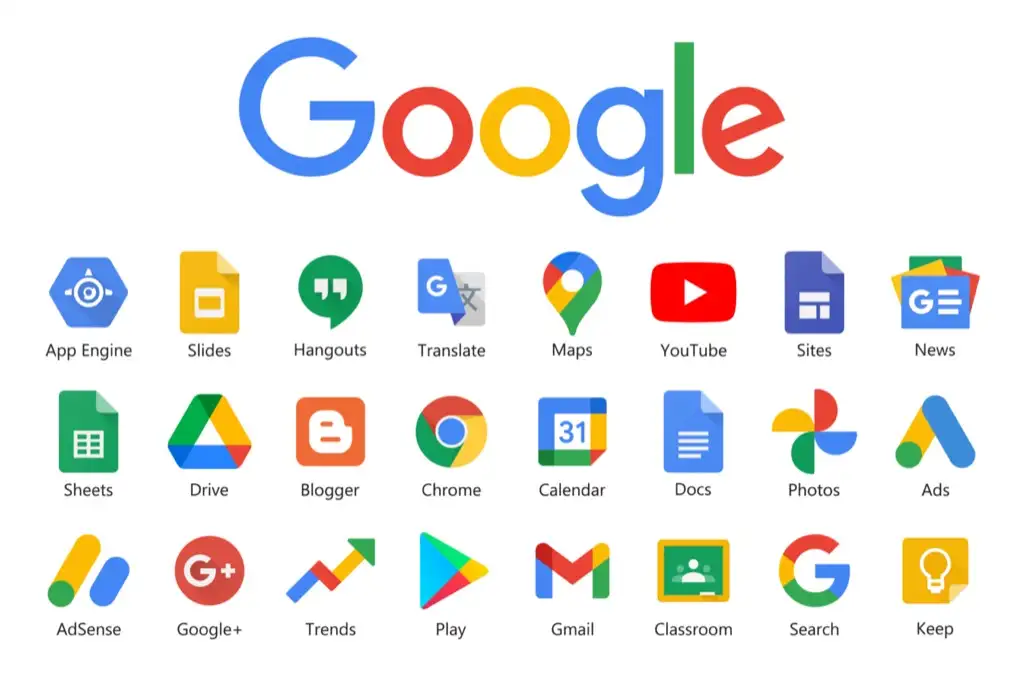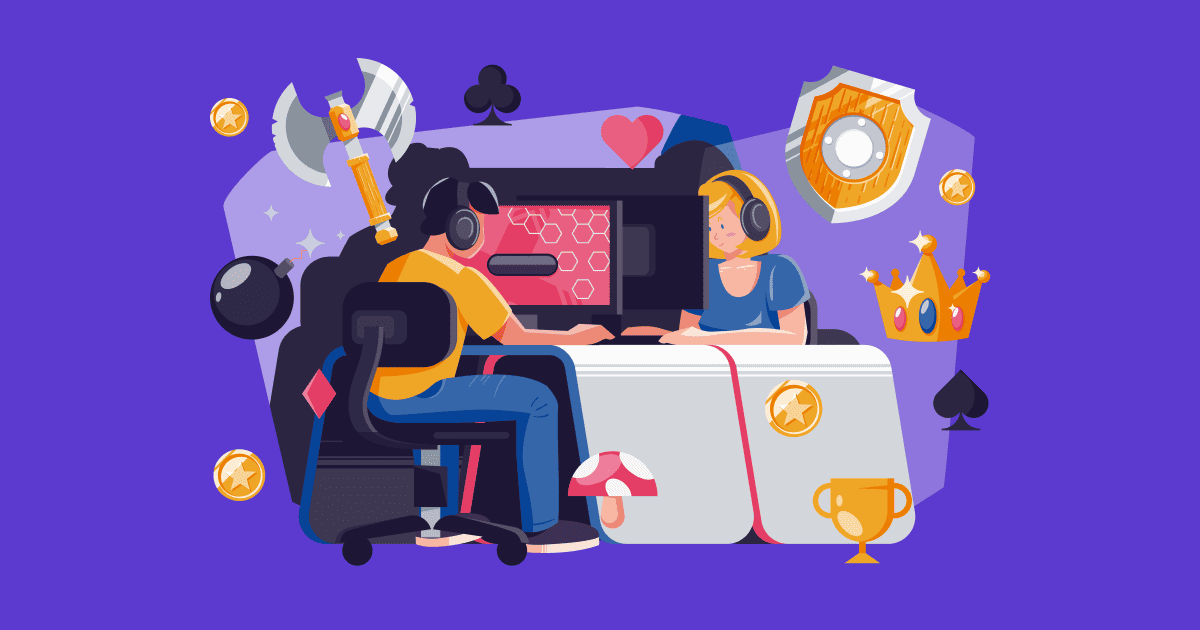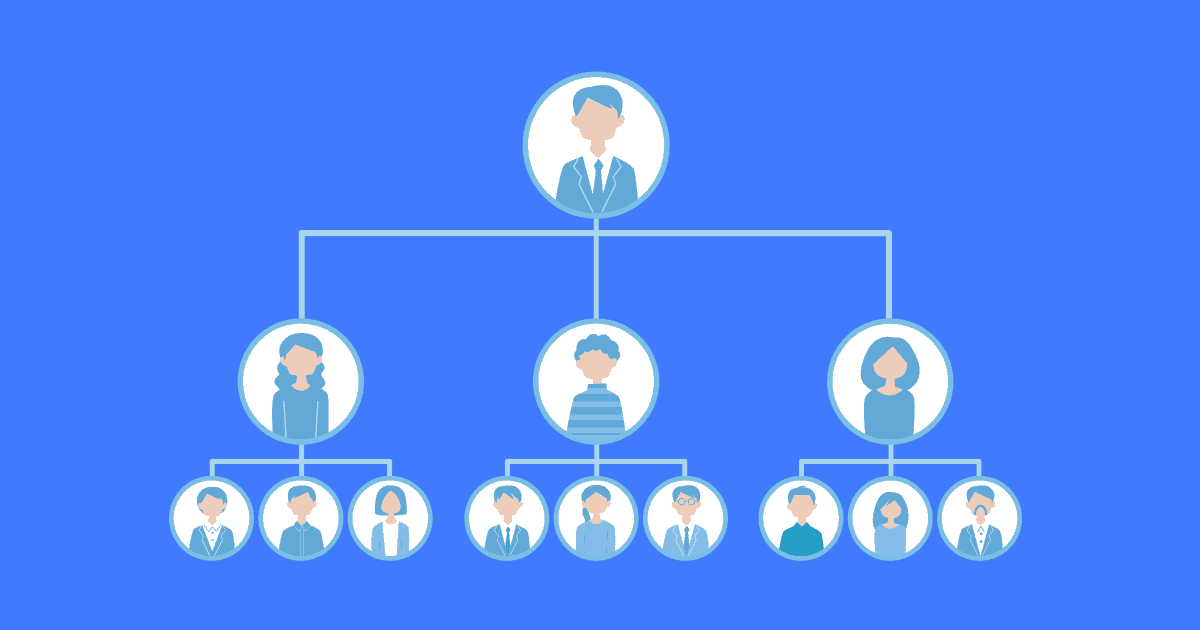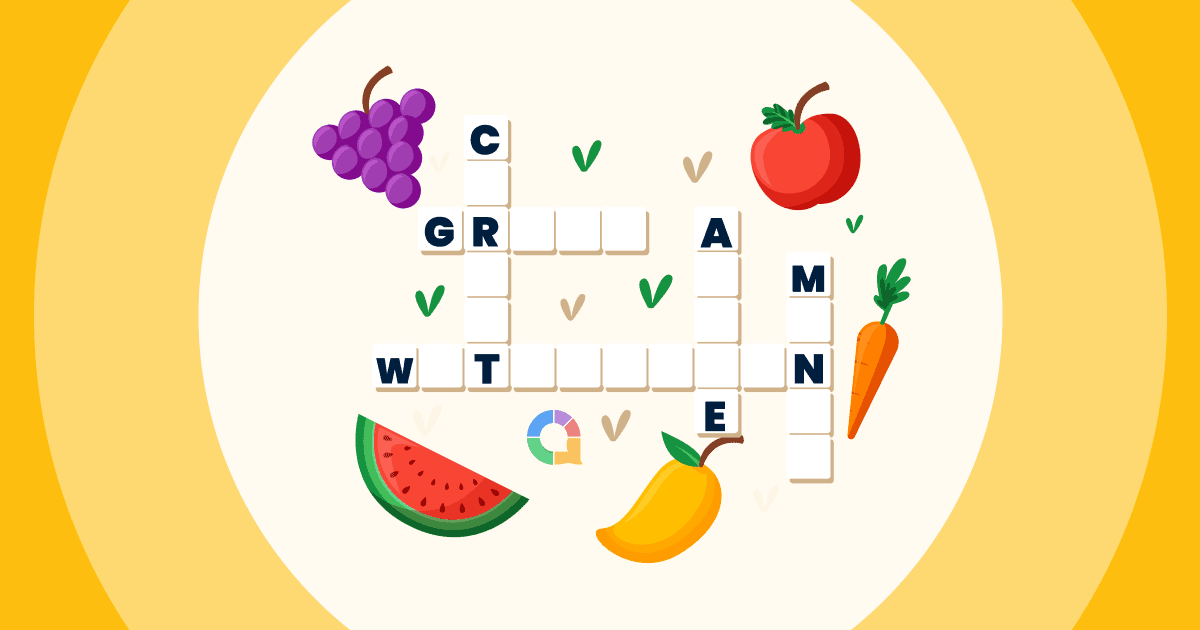你還記得學校吧?就是那種一排排疲憊不堪的學生面對著黑板,老師告訴他們該對什麼感興趣的地方。 馴悍記.
嗯,並非所有學生都喜歡莎士比亞。事實上,說實話,你的大多數學生並不喜歡你所教的大部分內容。
雖然您可以提高課堂參與度, 你不能強迫興趣.
可悲的事實是,在他們當前的學習環境中,您的許多學生永遠不會在任何學校課程中找到他們的熱情。
但是如果你能教他們什麼 他們 想學?
如果您能夠發現這些熱情並幫助學生培養他們所需的技能,那會怎麼樣?
這就是背後的想法 個人學習.
什麼是個性化學習?

顧名思義,個人化學習(或稱「個別化教學」)就是 個人.
這與你的班級、學生群體甚至你自己都無關——而是將每個學生視為一個個體,而不是集體的一部分,並確保他們以自己想要的方式學習。
個性化學習是一種 創新的教學方法 每個學生都通過專門為他們設計的課程取得進步。 在整個課程中,他們與同學坐在一起,但大部分時間都是獨自完成當天的任務。
每節課,隨著學生完成各種任務和個人化課程,老師不再只是教書,而是在學生需要時為他們提供個人化指導。
個性化學習在課堂上的表現如何?
如果您還沒有親眼見過個人化學習的實際效果,您可能會認為它簡直是一團糟。
也許你正在想像老師們在教室裡奔波,試圖就 30 個不同的主題為 30 名學生提供幫助,而學生們卻在玩耍,而老師則忙得不可開交。
但現實情況是,個性化學習往往看起來 不同. 沒有千篇一律的格式。
以美國 Quitman Street School 為例 筆記本電腦上的個人任務。

而在世界的另一端,澳大利亞的 Templestowe College 允許學生 創建自己的課程.
這導致一名 7 年級的男孩在 12 年級的物理課上表現出色,幾名學生從事農場管理,一個學生經營的咖啡俱樂部和一名學生在一個同名的項目中創造了一個特斯拉線圈 極客研究 班級。 (查看校長的 迷人的 TedTalk 在整個程序中)。
所以,只要你強調 個人,那個人正在從個性化學習中受益。
個性化學習課堂的 4 個步驟
由於每個個人化學習項目看起來都不同,因此沒有 為前線醫護人員打氣,送上由衷的敬意。讓你在送禮的同時,也為香港盡一分力。 在課堂上實施它的方法。
此處的步驟是關於如何規劃多個個人學習體驗(佔此方法工作的 80%)以及如何在課堂上管理所有這些的一般建議。
#1 – 建立學習者檔案
學習者檔案是學生個人化課程的基礎。
它基本上是所有學生的希望和夢想的集合,以及一些更具體的東西,例如…
- 愛好和興趣
- 長處和短處
- 首選學習方法
- 該主題的先驗知識
- 阻礙他們學習的障礙
- 他們吸收和保留新信息的速度。
你可以通過一個 直接對話 與學生,一個 調查 或 test. 如果你想鼓勵更多的樂趣和創造力,你也可以讓你的學生創造他們自己的 簡報,甚至是他們自己的 電影 為全班分享這些信息。
#2 –設定個人目標
一旦您獲得了這些訊息,您和您的學生就可以著手設定他們的目標。
你們將在整個課程中定期檢查學生實現這些目標的進度,而學生最終決定如何檢查進度。
您可以向您的學生建議一些不同的框架,以幫助他們設定目標:
確保定期進行評估,並向學生公開他們在實現最終目標方面的進展。
3. 為每節課創建自主活動
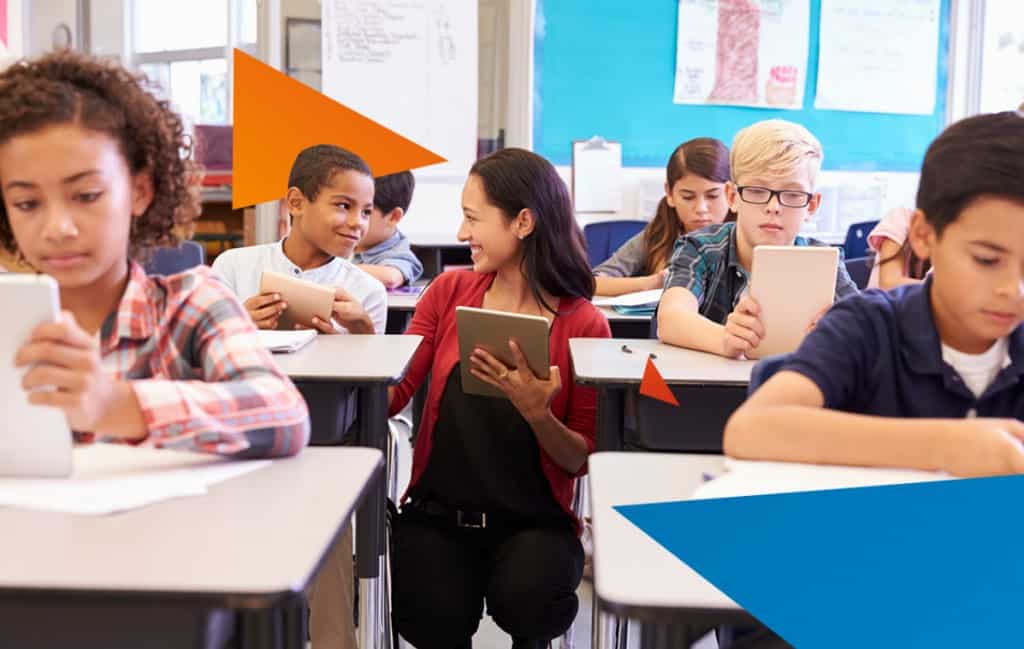
當您規劃個人化學習課程時,您實際上正在計劃幾門足夠簡單的課程,以便每個學生基本上可以自行管理。
這是個體學習方法中最費力的部分,也是你必須在每節課中重複的部分。
以下是一些節省時間的提示:
- 找到你班上的一些學生可以做的活動 同時請記住,並非每個個人化學習計畫都是 100% 獨特的;多個學生之間在學習方式和學習內容上總是會存在一些交叉。
- 創建 播放列表 滿足特定學習需求的活動。播放清單中的每個活動完成後都會獎勵一定數量的積分;學生的任務是在課程結束前完成指定的播放清單並達到一定總積分。之後,您可以將這些播放清單重複使用或重新編排,用於其他課程。
- 你可以先關注 一項個性化的學習活動 每個學生每節課,並以傳統方式教授剩餘的課程。 通過這種方式,您只需花費最少的精力就可以測試學生對個人學習的反應。
- 完成一個 集體活動, 像一個 團隊測驗。這有助於讓全班同學重新聚在一起,享受一點樂趣,並快速評估他們剛剛學到的知識。
#4 – 檢查進度
在個別化教學的早期階段,您應該盡可能頻繁地檢查學生的進步。
您希望確保您的課程步入正軌,並且學生確實在新方法中發現了價值。
請記住,該方法的一部分是讓學生選擇如何評估他們,這可以是筆試、課程作業、同行評審、測驗,甚至是某種形式的表演。
提前確定評分系統,讓學生了解他們將如何被評判。完成後,讓他們知道距離自己設定的目標還有多遠。
個性化學習的利弊
優點
增加參與度。 當然,讓學生在個人最佳的學習條件下學習,是確保他們獲得最大學習成果的好方法。他們無需妥協;他們可以按照自己喜歡的方式和步調學習自己想學的內容。
所有權自由。 讓學生參與他們自己的課程,讓他們對自己的學習有一種強烈的主人翁感。 控制自己的教育並引導其走上正確道路的自由從根本上激勵著學生。
靈活性。 沒有啦 為前線醫護人員打氣,送上由衷的敬意。讓你在送禮的同時,也為香港盡一分力。 個人化學習就該如此。如果你沒有能力為全班學生創建和執行個人化課程,你可以安排一些以學生為中心的活動。你可能會驚訝於他們對這項任務的投入程度。
增加獨立性。 自我分析是一項很難教授的技能,但個性化課堂會隨著時間的推移培養這種技能。 最終,您的學生將能夠管理自己、分析自己並確定更快學習的最佳方法。
缺點
個性化總是有一個限度的。 當然,你可以盡可能地個人化學習,但如果你是一位數學老師,年底要參加全國統一的數學考試,你就需要教導那些能幫助他們通過考試的內容。另外,如果有些學生根本不喜歡數學怎麼辦?個人化教學固然有幫助,但它無法改變這門學科本身就枯燥乏味的本質。
它會耗盡你的時間。 您已經沒有多少空閒時間來享受生活,但如果您訂閱個人學習,您可能不得不花費大部分空閒時間為每個學生創建單獨的日常課程。 雖然結果是,當學生通過自己的學習取得進步時,您可能會在課程中有更多時間來計劃未來的課程。
這對學生來說可能是孤獨的。 在個性化學習的課堂上,學生大多是自己完成自己的課程,與老師的接觸很少,與同學的接觸更少,每個人都在做自己的工作。 這可能會非常無聊並助長學習中的孤獨感,這對學習動力來說可能是災難性的。
開始個性化學習
有興趣嘗試個性化指導嗎?
記住,你不必一開始就完全投入這個模型。你可以先用一堂課的時間和學生試試看。
這樣做的方法如下:
- 課前,向所有學生發送一份快速調查,列出一個目標(不必太具體)和一種首選的學習方法。
- 創建一些學生應該能夠在很大程度上自己完成的活動播放列表。
- 根據他們喜歡的學習方法,將這些播放列表分配給班上的每個學生。
- 在課堂結束時主持一個快速測驗或其他類型的作業,看看每個人的表現如何。
- 讓學生填寫一份關於他們的迷你個性化學習體驗的快速調查!
💡 別忘了查看更多 這裡有創新的教學方法!
